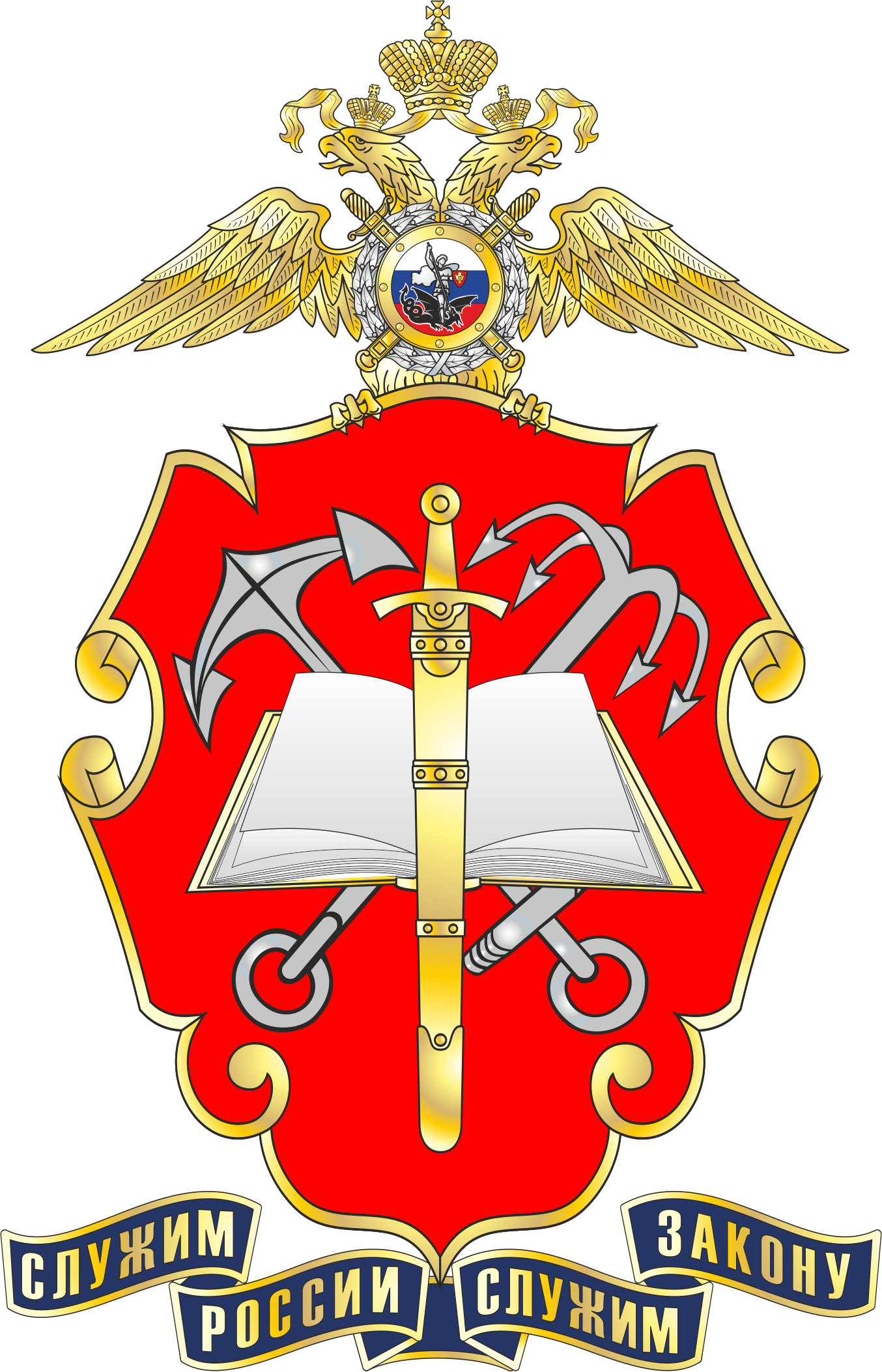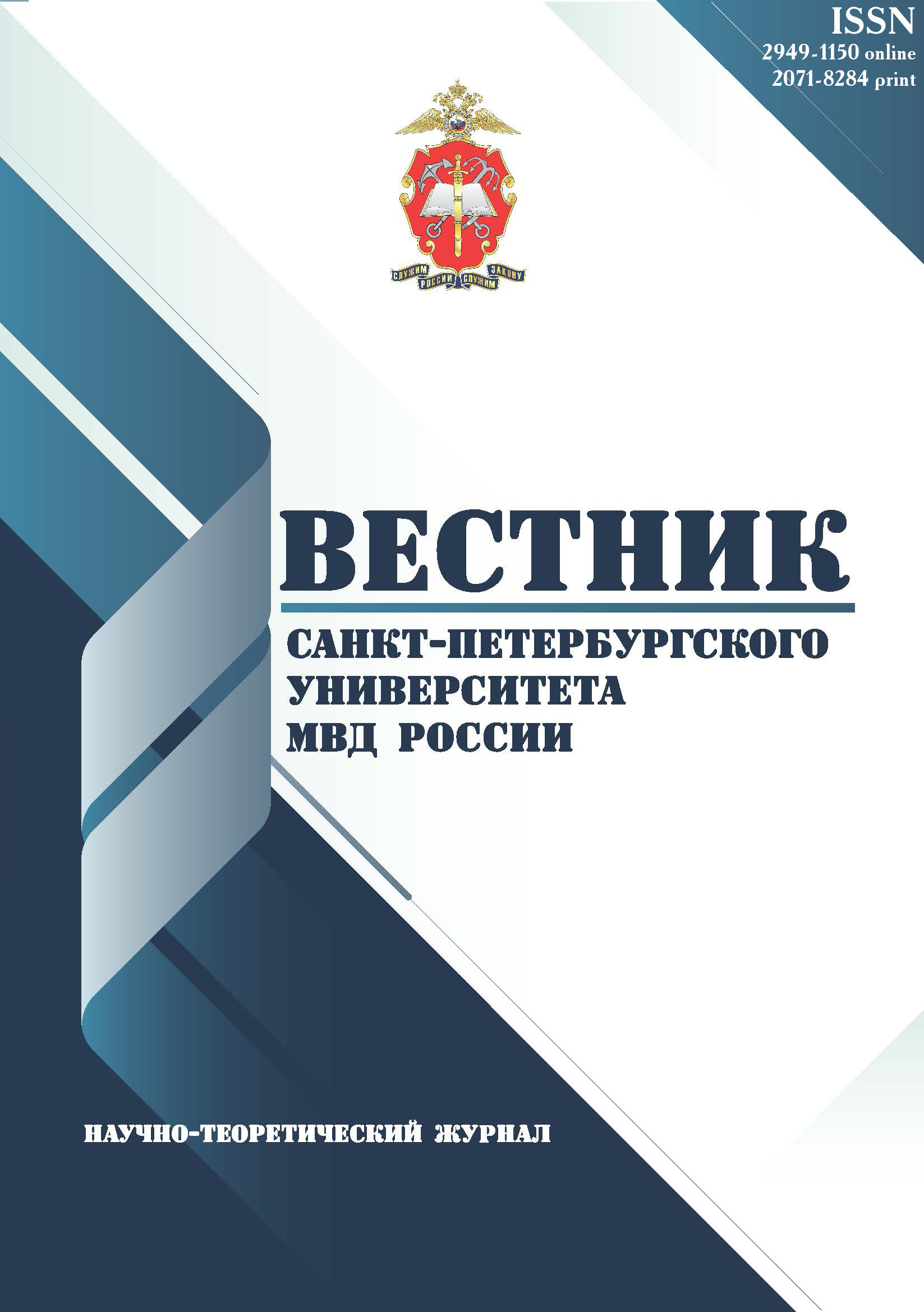Russian Federation
UDC 37
CSCSTI 14.07
The relevance of this paper is due to the fact that in conditions of an overabundance of diverse information, there is a problem of its adequate perception. New forms of communication – the Internet and social networks – give not only new opportunities for communication and expression of the opinion, but they also create many vulnerabilities, ways of manipulating public opinion and consciousness. These questions are especially relevant for educators working with young people, whose worldview is in the process of formation, whose opinions, points of view are unstable, are influenced from outside, and mainly from Internet resources. The purpose of this article is to analyze and summarize the experience of working with students in the context of the development of critical thinking by the example of the study of comments on video messages on the YouTube channel. The description of the practical stages of the teacher-students interaction is given in accordance with the technology of teaching critical thinking. The role of the teacher and students in this process is determined. It is shown that the materials uploaded on popular Internet resources can and should be used not only for a purely practical, objective purpose, but also at a general educational, developing, worldview level, with the goal of forming critical thinking of Internet users.
information, Internet user, Internet resource, YouTube, comment, problem statement, search for a solution, objectivity
1. Novikova I. Yu., Grevceva G. Ya. Razvitie kriticheskogo myshleniya studentov v processe poznavatel'noy samostoyatel'noy deyatel'nosti // Vestnik Chelyabinskogo gosudarstvennogo pedagogicheskogo universiteta. - 2015. - № 5. - S. 47-51.
2. Semali L. M. Literacy in Multimedia America. - New York-London: Falmer Press, 2000. - 243 p.
3. Politika postpravdy v sovremennom mire: sbornik materialov po itogam Vserossiyskoy nauchnoy konferencii s mezhdunarodnym uchastiem (22-23 sentyabrya 2017 g.) / pod red. O.V. Popovoy. - Sankt-Peterburg: Skifiya-print, 2017. - 282 s.
4. Shevchenko A. A. «Postpravda» kak novyy «rezhim istiny» // Gumanitarnyy vektor. - 2019. - T. 14. - № 4. - S. 8-14. DOI:https://doi.org/10.21209/1996-7853-2019-14-4-8-14.
5. Fedorov A. V. Razvitie kriticheskogo myshleniya v mediaobrazovanii: osnovnye ponyatiya // Innovacii v obrazovanii. - 2007. - № 4. - S. 30-47.
6. Korochenskiy A. P. «Pyataya vlast'»? Mediakritika v teorii i praktike zhurnalistiki. - Rostov: Izd-vo Rostov. gos. un-ta, 2003. - 284 s.
7. Okan' G. I. Aktivnye metody obucheniya v vuze: soderzhanie i osobennosti vnedreniya // Nauchnyy dialog. - 2012. - № 1. - S. 265-270.
8. Sapuh T. V. Refleksiya kak sredstvo razvitiya kriticheskogo myshleniya studentov // European Social Science Journal Evropeyskiy zhurnal social'nyh nauk. Riga-Moskva. - 2012. - № 11 (27). - T. 1. - S. 96-104.
9. Sorina G. V. Kriticheskoe myshlenie: istoriya i sovremennyy status // Vestnik Moskovskogo universiteta. - Ser. 7. Filosofiya. - 2003. - № 6. - S. 97-110.
10. Trubinova E. A. Tehnologiya razvitiya kriticheskogo myshleniya v uchebno-vospitatel'nom processe // Molodoy uchenyy. - 2015. - № 23. - S. 946-948.
11. Klooster D. What is critical thinking // International Journal of Critical Development Thinking through Reading and Writing. - 2001. - № 4. - P. 36-40.














